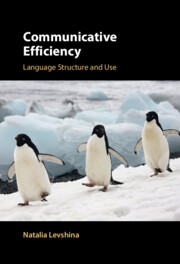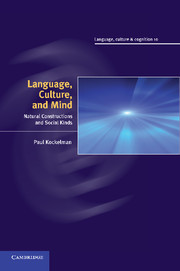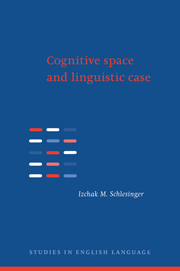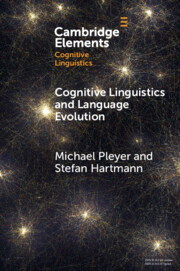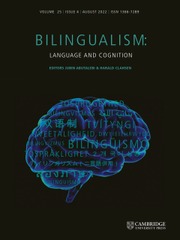Communicative Efficiency
Language Structure and Use
$110.00 (F)
- Author: Natalia Levshina, Max-Planck-Institut für Psycholinguistik, The Netherlands
- Date Published: November 2022
- availability: Available
- format: Hardback
- isbn: 9781108840798
$
110.00
(F)
Hardback
Other available formats:
eBook
Looking for an examination copy?
If you are interested in the title for your course we can consider offering an examination copy. To register your interest please contact [email protected] providing details of the course you are teaching.
-
All living beings try to save effort, and humans are no exception. This groundbreaking book shows how we save time and energy during communication by unconsciously making efficient choices in grammar, lexicon and phonology. It presents a new theory of 'communicative efficiency', the idea that language is designed to be as efficient as possible, as a system of communication. The new framework accounts for the diverse manifestations of communicative efficiency across a typologically broad range of languages, using various corpus-based and statistical approaches to explain speakers' bias towards efficiency. The author's unique interdisciplinary expertise allows her to provide rich evidence from a broad range of language sciences. She integrates diverse insights from over a hundred years of research into this comprehensible new theory, which she presents step-by-step in clear and accessible language. It is essential reading for language scientists, cognitive scientists and anyone interested in language use and communication.
Read more- Integrates ideas and findings from different linguistic approaches and frameworks in one coherent and comprehensible theory
- Deals with a universal characteristic of human behaviour that is present in all languages and cultures
- Discusses diverse examples of efficiency in languages of the world, and in doing so, demonstrates that languages have more in common than one can see at first sight
Reviews & endorsements
‘… this study presents an impressive argument through solid research and easy-to-understand analysis. With a deft hand, Levshina leads readers through a well-structured, extremely fitting thesis at a time when people commonly engage in multiple tasks and social-media distractions in a challenging environment. A minimalist 'less is more' approach is central to this volume's effectiveness. … Recommended.’ K. Liu, Choice
Customer reviews
Not yet reviewed
Be the first to review
Review was not posted due to profanity
×Product details
- Date Published: November 2022
- format: Hardback
- isbn: 9781108840798
- length: 300 pages
- dimensions: 235 x 159 x 22 mm
- weight: 0.6kg
- availability: Available
Table of Contents
List of Figures
List of Tables
Preface
Acknowledgements
List of Abbreviations
Part I. Different Types of Efficiency in Language:
1. Communicative efficiency: main concepts
2. Efficiency and formal length
3. Efficiency and the order of meaningful elements
4. Other ways of saving effort
Part II. Efficiency and Language Evolution:
5. Emergence of efficient language patterns
6. From trade-offs to causal networks
Part III. Case Studies:
7. Efficient form-meaning mapping in causative constructions
8. Differential case marking and efficiency
9. Efficient use of function words in English alternations
10. Conclusions and perspectives Appendices
References
Index.
Sorry, this resource is locked
Please register or sign in to request access. If you are having problems accessing these resources please email [email protected]
Register Sign in» Proceed
You are now leaving the Cambridge University Press website. Your eBook purchase and download will be completed by our partner www.ebooks.com. Please see the permission section of the www.ebooks.com catalogue page for details of the print & copy limits on our eBooks.
Continue ×Are you sure you want to delete your account?
This cannot be undone.
Thank you for your feedback which will help us improve our service.
If you requested a response, we will make sure to get back to you shortly.
×
